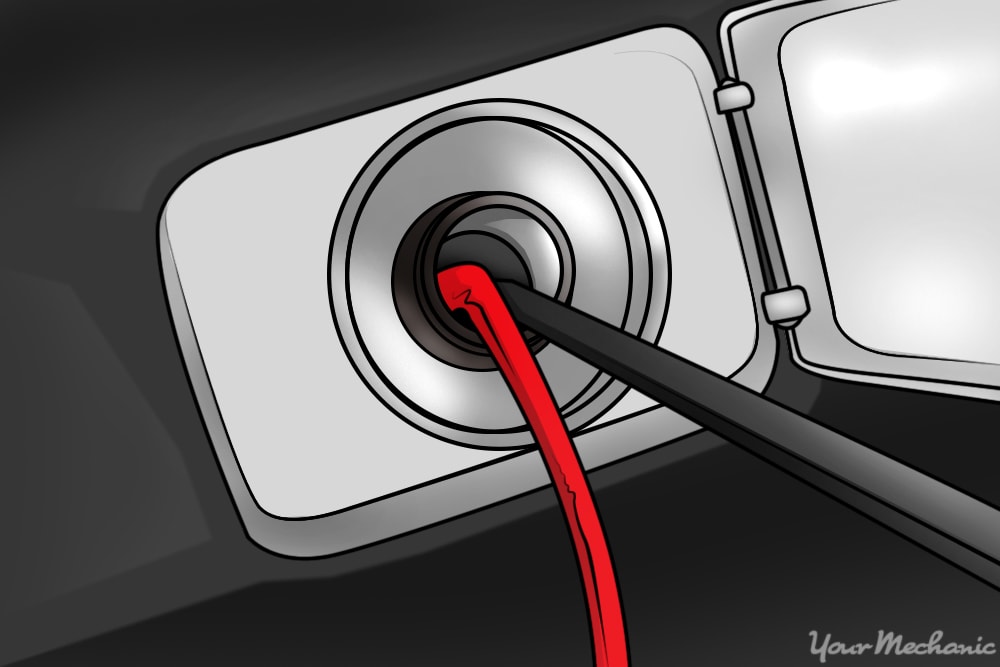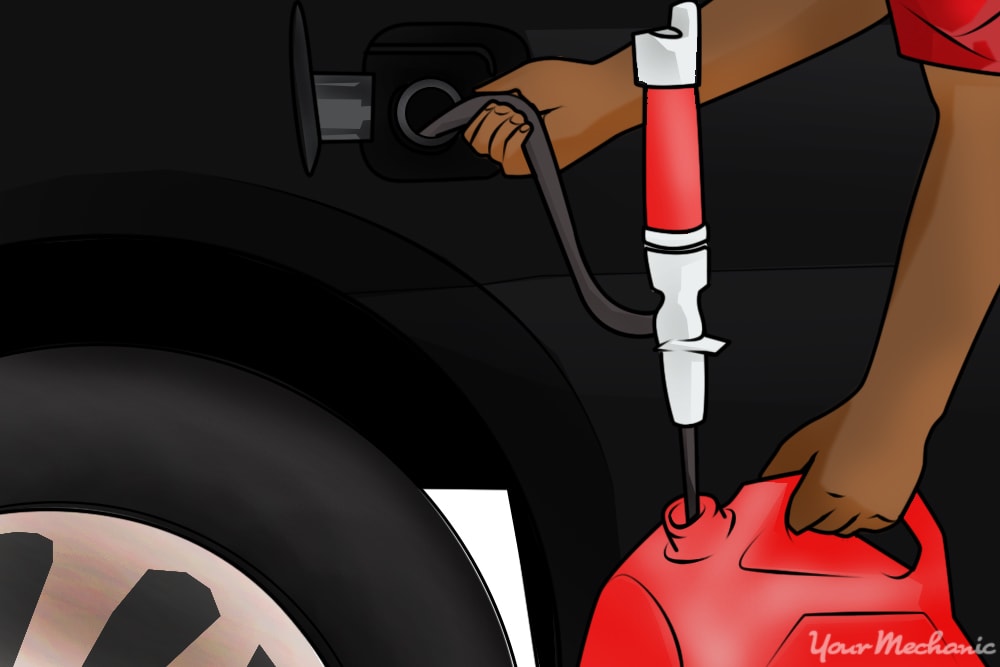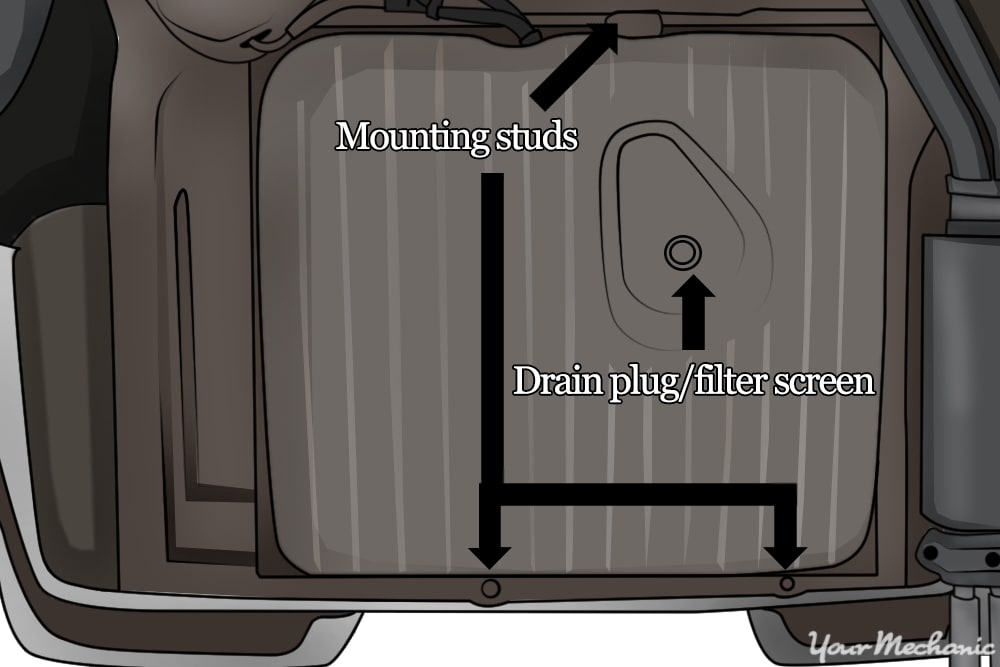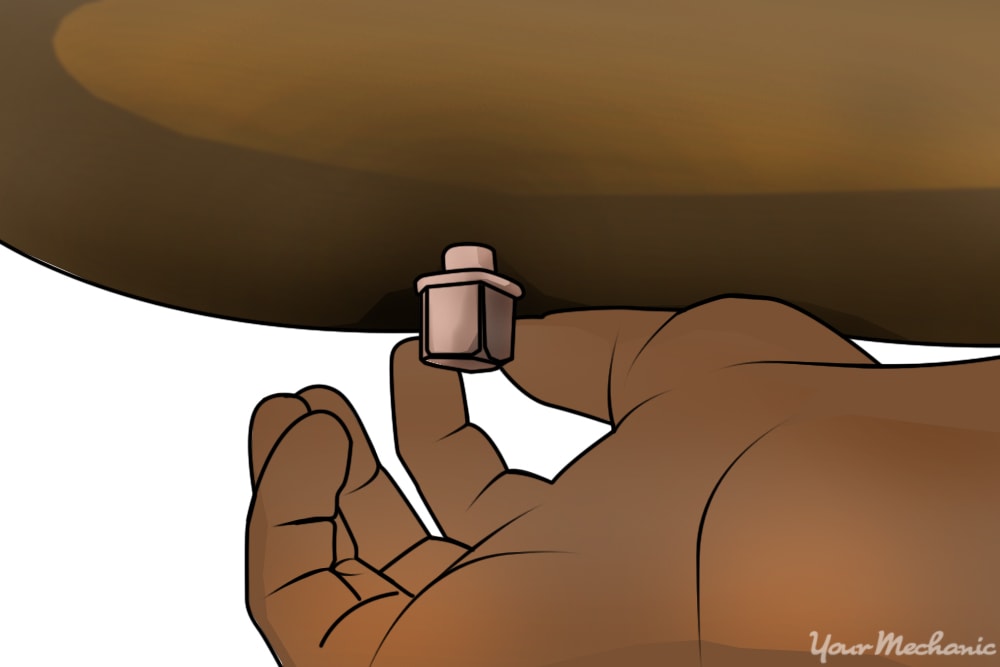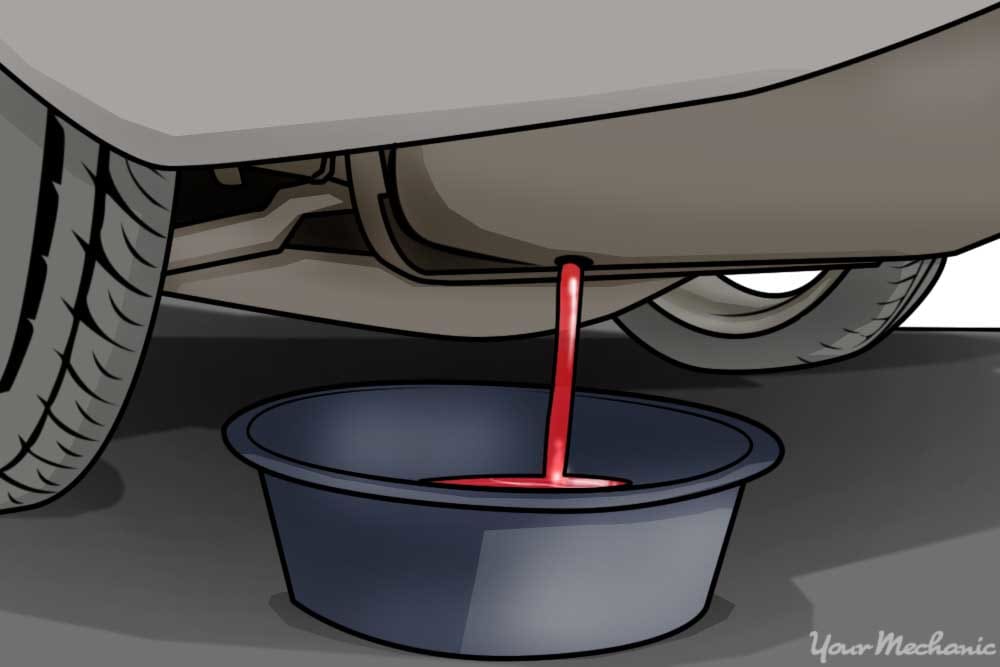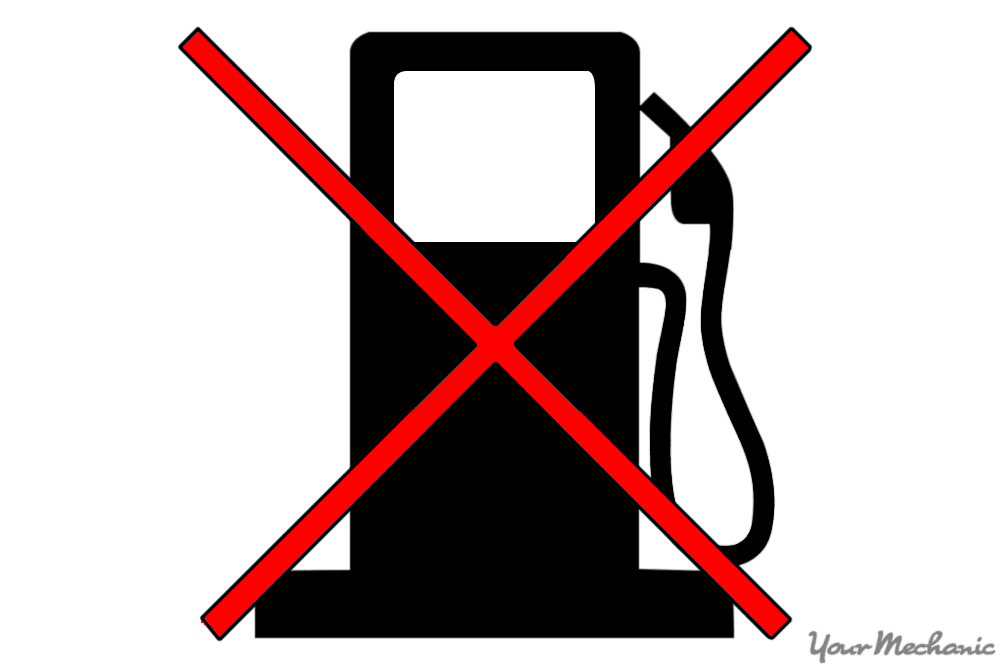

Everybody makes mistakes, and putting the wrong type of gas in your car is one of those accidents that can cost a lot of money and become a huge inconvenience if not handled properly.
If you put regular gas in a diesel engine, the petrol will strip the fuel pump of its lubrication, causing the metal parts to grind against each other. If you put diesel in a regular car by mistake, it’s not as harmful, but you’ll still have engine trouble and a lot of smoke. Either way, if you use the wrong fuel, your car’s engine will malfunction, and you may be stranded with possibly severe damage to your car.
If you’ve switched fuel by accident, or know somebody who has (about 150,000 drivers per year make this mistake), use the following steps to easily get your car in safe working condition.
Part 1 of 4: Avoid turning on your engine
If you realize that you’ve put the wrong type of gas in your car and you haven’t started your engine yet, you may be in luck. In that case, do not start the engine. Turning the car on and starting the engine will circulate the wrong gas through your engine, causing more problems.
- Tip: If you’ve filled the tank only 10% or less with the wrong type of gas, you may be able to top off the rest of the tank with the correct type of gas and avoid severe engine damage. However, if you’re unsure, or don’t want to risk it, do not add any more gas to your tank until it’s been emptied.
Part 2 of 4: Turn off your engine
If you’ve already started your car and realize too late that you’ve added the wrong type of gas, turn off your car immediately.
If you’re driving (a regular gasoline car won’t function properly for more than a few seconds with diesel gas), pull over immediately and call a professional mechanic for roadside assistance.
The wrong type of fuel can cause damage to several parts of your car, including the following:
- Carburetor
- Catalytic converters
- Injectors
- Fuel tank
- Fuel pump
- Valve guides and valve seats
Part 3 of 4: Siphon gas out of your fuel tank
Siphoning the gas out of your fuel tank is an option if you have a siphon or can get one after having your car moved out of the way. Make sure that you purchase an approved fuel syphon system with a pump.
Materials Needed
- Approved fuel container
- Fuel siphon system
Step 1: Put the siphon in the tank. Insert the siphon tube into your gas tank.
Tip: If you’re having trouble fitting the siphon into the fuel tank, you may need a professional to help you drain the tank by bypassing safety devices preventing fuel from being taken from the vehicle.
Warning: Never use your mouth to siphon gasoline from the fuel tank. Swallowing gasoline or spilling it can be extremely hazardous. Remember, fuel is highly flammable.
Step 2: Connect the output tube. Fix the output tube of the siphon into the approved fuel container.
Step 3: Start siphoning the fuel. Begin pumping the siphon pump until fuel begins to flow from the tank to the container.
Keep the siphon in place until all of the gasoline has been drawn out of the fuel tank.
- Tip: When removing the tube from your gas tank, a metal flap may block the tubing and prevent it from coming out easily. Use a tool to press up on the metal flap, so that you can remove the tube.
Step 4: Dispose the fuel safely. Once you’ve finished emptying the tank, be sure to properly dispose of the gasoline.
You can either dispose it by giving it to a mechanic shop or by calling a waste disposal service to get rid of it for you.
- Warning: Do not pour gasoline down a drain or any other unapproved location for disposing it.
Step 5: Use the correct fuel. Refill your gas tank with the correct type of fuel and turn your car on, so that the gas will circulate in the engine.
Part 4 of 4: Drain the fuel tank
If you don’t have a siphon, you can also manually drain the fuel tank. Many people choose to have a professional complete this process as it requires several steps.
Materials Needed
- Approved fuel container
- Pan
- Wrench
Step 1: Park your car. Put on your parking brake to make sure that your car is securely parked and won’t roll away while you’re beneath it.
Step 2: Locate the gas tank under your car. If you’re unsure of how to find it, look for where it would line up with where you pump gas into your car or check your car’s manual.
Step 3: Put the drain pan under the fuel tank. Place your pan beneath the drain plug of the fuel tank.
Step 4: Remove the drain plug. Use a wrench to undo the drain plug by turning it counterclockwise.
Once you remove the plug, the gas will begin to drain out very quickly. Make sure you have a large enough pan to capture all of the gasoline so that you can avoid spilling gas all over the ground.
Step 5: Put the drain plug back. Once all of the gas has been drained from your fuel tank, replace the drain plug and secure it by turning it clockwise with the wrench until it is secure.
Step 6: Dispose of the fuel safely. Dispose of the gasoline properly by calling waste disposal and asking them what to do with it or reuse it in an appropriate engine.
- Tip: If you’re unable to drain the gasoline from your fuel tank in this way, you may want to call a professional mechanic to remove the fuel from your car.
If you drive several different cars (like rental vehicles), or fill up at different petrol stations, you may find that you have added to wrong fuel to your car.
It is essential to act quickly in order to minimize the risk of engine and fuel system damage in your vehicle. By following these steps, you can drain out the wrong fuel and attempt to revive your car.
You can also take precautions to avoid this issue in the future by always checking the label on the pump trigger and the fuel grade indicator on the pump before you fill your car’s fuel tank. If you drive a diesel car and are worried about using the wrong fuel, you can buy a device that fits into your filler neck to prevent you from inserting the narrower petrol nozzle into your diesel tank.


